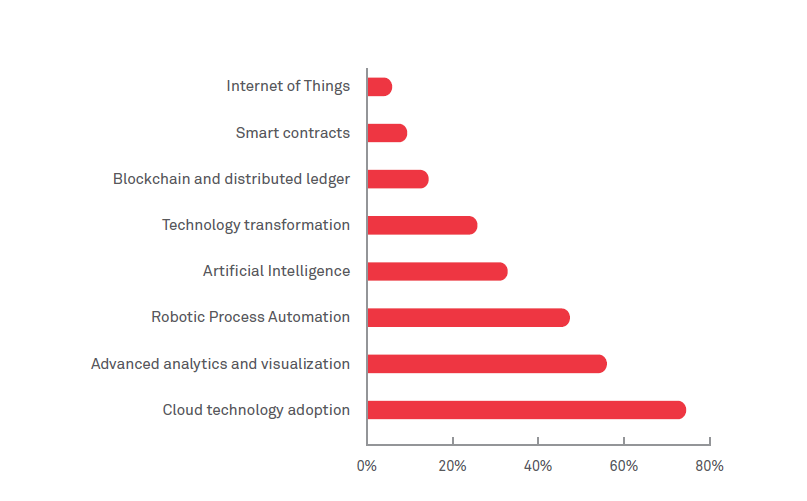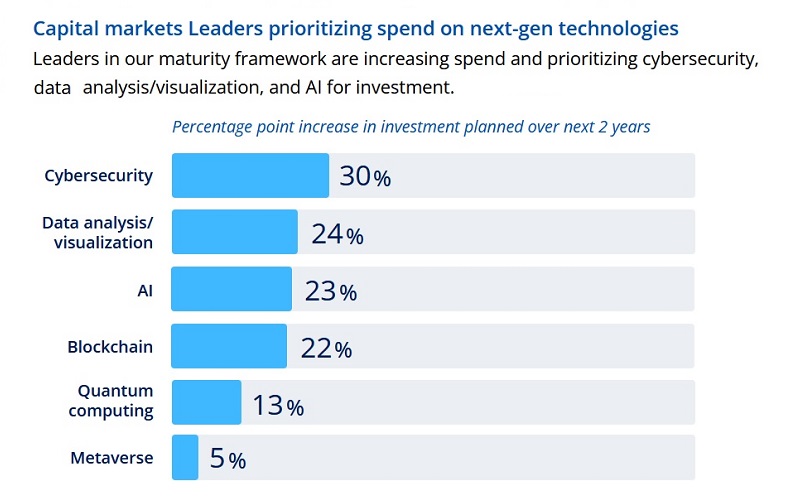The cost of Trust
Digital Capital Markets of the III Millennium
Distributed Ledger Technology (DLT)
Central Bank Digital Currencies (CBDCs)
and
Blockchain

"...market practices have not fundamentally changed for decades..."
Here is what comes next.

Since its creation in 1944, the World Bank has issued bonds to raise funds from private investors for sustainable development projects and programmes in middle-income countries.
But while both the World Bank and the banking industry have changed over the past several decades — a period that has included a technology boom our founders could never have imagined — the process for issuing, settling, and servicing bonds has stubbornly remained the same.
Two separate but interconnected developments that have emerged over the past decade have the potential to change that.
Distributed ledger technology (DLT) and central bank digital currencies (CBDCs) could mean a huge improvement in access to finance for our member countries through increased efficiency, lower costs, and reduced operational and credit risks — and bring the bond industry squarely into the 21st Century.
We are seeing today only the peak of the iceberg of the next digital revolution in the financial sector.
Distributed ledger is a record of consensus with cryptographic audit trail maintained and validated by nodes.
It can be decentralized or centralized.
Blockchain is a way to implement a distributed ledger, but not all distributed ledgers necessarily uses blockchains.
While both systems distribute data across multiple nodes, they manage control and authority differently.
Blockchains operate without any central authority in a fully decentralized manner.
Distributed databases, however, often have centralized control points despite the distributed nature of their data.
Distributed Ledger Technology
A distributed ledger is a database that is spread across several nodes or computing devices. Each node replicates and saves an identical copy of the ledger. Each participant node of the network updates itself independently.
The groundbreaking feature of distributed ledger technology is that the ledger is not maintained by any central authority. Updates to the ledger are independently constructed and recorded by each node. The nodes then vote on these updates to ensure that the majority agrees with the conclusion reached. This voting and agreement on one copy of the ledger is called consensus, and is conducted automatically by a consensus algorithm. Once consensus has been reached, the distributed ledger updates itself and the latest, agreed-upon version of the ledger is saved on each node separately.
Distributed ledger technologies drastically reduce the cost of trust. The architectures and structures of distributed ledgers can help us mitigate our dependence on banks, governments, lawyers, notaries and regulatory compliance officers.
R3’s Corda is an example of a distributed ledger.
Distributed ledgers present a new paradigm for how information is collected and communicated, and are poised to revolutionize the way individuals, enterprises and governments transact.
Blockchain Technology
Blockchains are one form of distributed ledger technology.
But not all distributed ledgers employ a chain of blocks to provide a secure and valid distributed consensus.
A blockchain is distributed across and managed by peer-to-peer networks.
Since it is a distributed ledger, it can exist without a centralized authority or server managing it, and its data quality can be maintained by database replication and computational trust.
However, the structure of the blockchain makes it distinct from other kinds of distributed ledgers.
Data on a blockchain is grouped together and organized in blocks. The blocks are then linked to one another and secured using cryptography.
A blockchain is essentially a continuously growing list of records. Its append-only structure only allows data to be added to the database: altering or deleting previously entered data on earlier blocks is impossible.
Blockchain technology is therefore well-suited for recording events, managing records, processing transactions, tracing assets, and voting.
Cryptocurrencies, such as Bitcoin, pioneered blockchain technology.
Bitcoin’s big rally in late 2017, and the ensuing media frenzy, brought cryptocurrencies into the mainstream public imagination.
Governments, businesses, economists and enthusiasts are now considering ways to apply blockchain technology to other uses.
Links:
https://finance.ec.europa.eu/digital-finance/digital-euro_en
https://www.immfa.org/about-mmfs/